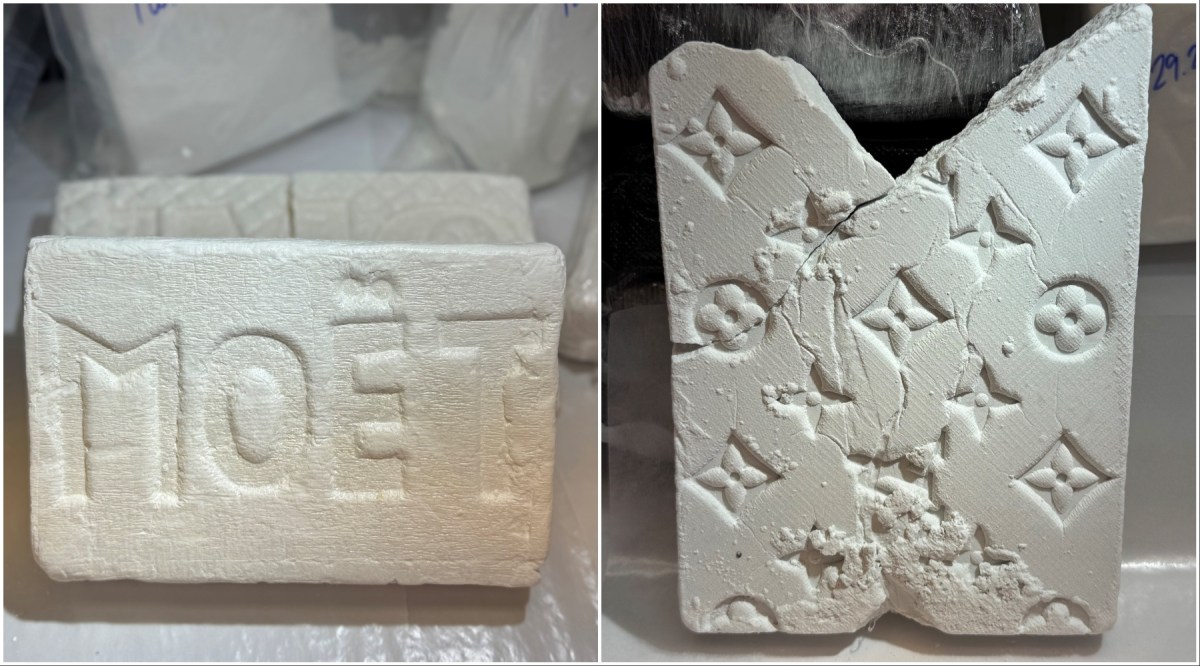
BY SERGEI KLEBNIKOV | Business improvement districts are known for helping keep neighborhoods cleaner and safer by providing extra sanitation and security. Now, one BID is breaking new ground, so to speak, by taking on another thorny issue: tree pits.
The Hudson Square Connection is standardizing tree planting around its west-of-Soho neighborhood, implementing a unique method that’s new to the city, plus, better for the trees. The tree pits create both a more sustainable environment and pedestrian-friendly sidewalks.
In short, the new method, called the “Hudson Square Standard,” focuses on increasing the trees’ lifespan and reducing the neighborhood’s carbon footprint, as well as providing much-needed relief for the overburdened sewer system.
At the end of last month, two dozen Hudson Square Standard trees were planted around the neighborhood. Most were installed along Hudson St., as well as Freeman Plaza (near the Holland Tunnel entrance) and along Varick St.
The Hudson Square Connection plans to continue planting trees around the district, with 30 new ones every planting season for the next three years, for a total of 180 trees. The BID will partner with the Parks Department and the New York Tree Trust for the project. In addition, the BID will work with property owners of new buildings, in order to install 120 additional trees using the standard style.
The new standard differs from the common city standard for tree planting — the latter, basically, a small tree pit. The Hudson Square Standard sports an expanded tree pit, permeable paving, structural soil and distinctive, raised, metal tree guards. The enlarged tree pits allow the roots more room to grow, and are connected by a subsurface trench that is filled with structural soil and covered by permeable pavers, helping to prevent excess flooding. The water gets captured underground, relieving the city’s overburdened combined sewer system and helping reduce flooding.
“Our concern is making Hudson Square a greener, more resilient and pedestrian-friendly neighborhood,” said Ellen Baer, Hudson Square Connection’s president and C.E.O. She said the small changes to the sidewalks’ design and structure represented by the better tree pits — plus the trees themselves — will have big environmental and health benefits for the community.
The trees, she said, will benefit the neighborhood by attracting more people, thus, strengthening local retail — all the while improving area health by reducing air pollutants.



































